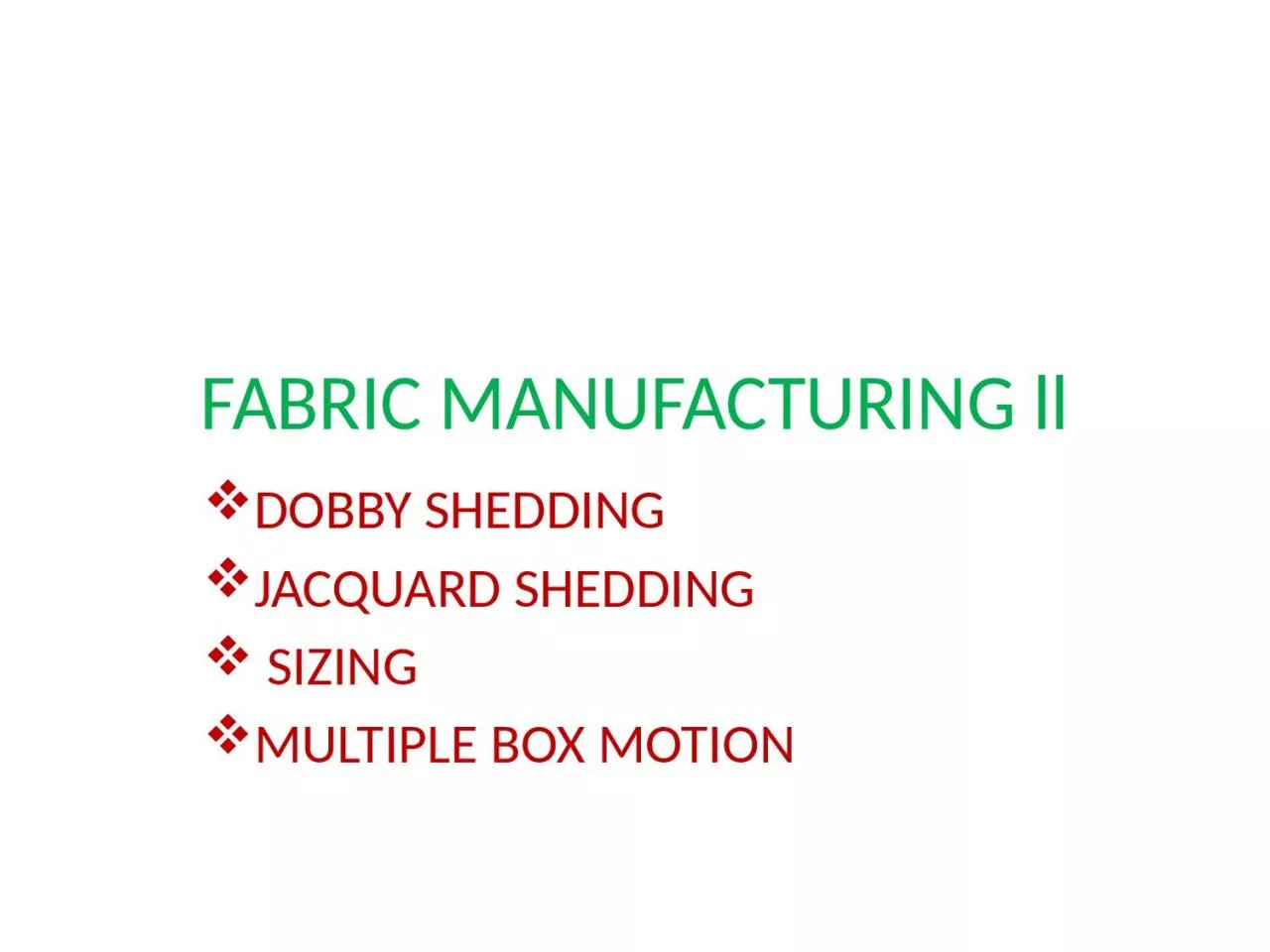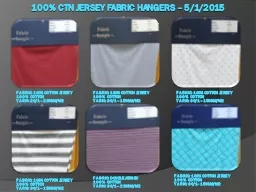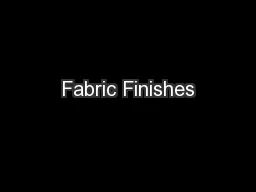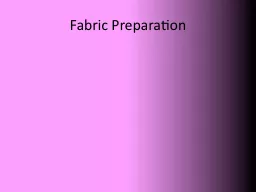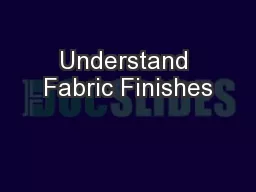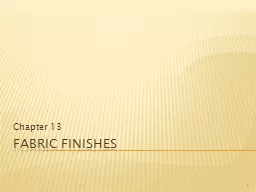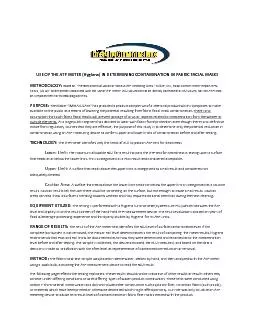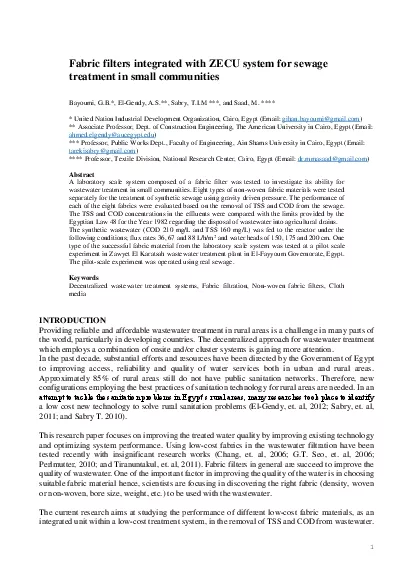PPT-FABRIC MANUFACTURING ll
Author : LadyInRed | Published Date : 2022-08-04
DOBBY SHEDDING JACQUARD SHEDDING SIZING MULTIPLE BOX MOTION DOBBY SHEDDING What is dobby A dobby is a shedding device attached to a loom for producing a variety
Presentation Embed Code
Download Presentation
Download Presentation The PPT/PDF document "FABRIC MANUFACTURING ll" is the property of its rightful owner. Permission is granted to download and print the materials on this website for personal, non-commercial use only, and to display it on your personal computer provided you do not modify the materials and that you retain all copyright notices contained in the materials. By downloading content from our website, you accept the terms of this agreement.
FABRIC MANUFACTURING ll: Transcript
Download Rules Of Document
"FABRIC MANUFACTURING ll"The content belongs to its owner. You may download and print it for personal use, without modification, and keep all copyright notices. By downloading, you agree to these terms.
Related Documents

